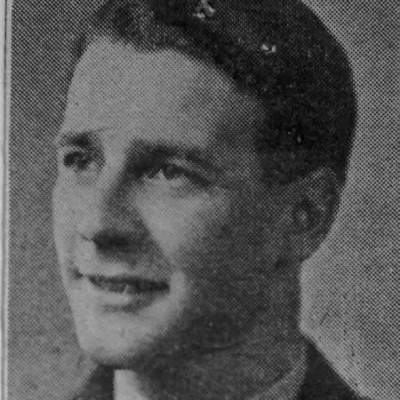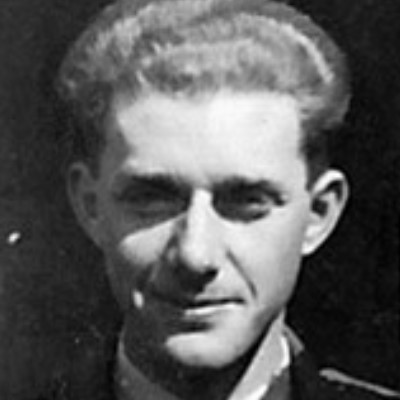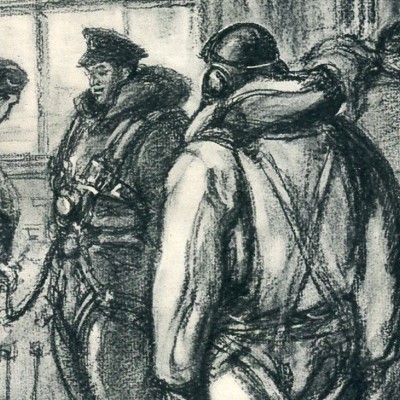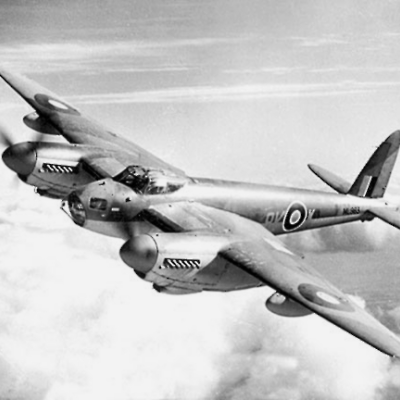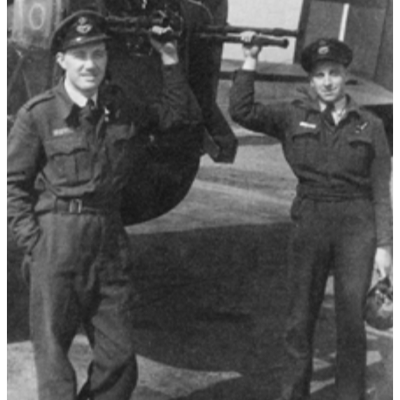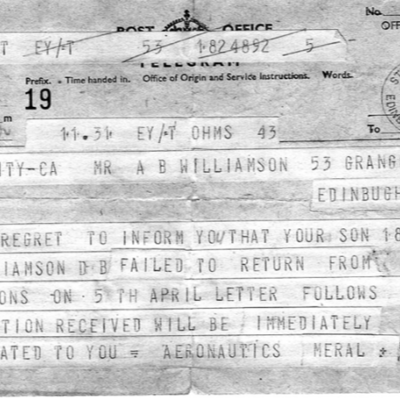Stories
Stories
Flt Lt Alfred William Doel
New Zealander Flt Lt Alfred William Doel is one of the hundreds of Bomber Command aircrew lost in the North Sea. It is the airmen like Doel and his aircrew who are remembered in the LOST memorial, in Egmond aan Zee, Netherlands - is a tribute to all missing airmen who perished over the North Sea.
The Long March
For POWs life in German prison camps was very tough. It became even worse when their captors began a series of forced marches from camps located in Eastern Europe to the heart of Germany. In extreme winter conditions many POWs lost their lives. F/Sgt Bernard (Bill) Allen recorded his experience of ‘The Long March”.
Rear Gunners’ Electrically Heated Suits
Tail Gunners, in their Perspex turrets were exposed to freezing conditions on their flights. The temperature in the turret, could drop to -40°C. To combat this, electrically heated suits were developed by the Royal Aircraft Establishment (RAE) as part of their "RAE system" of wired and heated clothing.
Mossie Memories
The de Havilland Mosquito, famously known as the "Wooden Wonder," left a lasting mark on the memories of the pilots who flew it during World War II. With its exceptional speed, agility, and versatility, the Mosquito became legendary, and those who piloted it recalled the bond they shared with this remarkable aircraft.
A Very Lucky Man
Giving an ANZAC Day speech at our local hall, Bob Yates called himself a very lucky man. With the heaviest percentage losses of any of the western allies armed forces in WWII, those that flew in Bomber Command needed a lot of luck to survive. This is Bob Yates’ story, as told by his son, Robin Yates.
Failed to Return
In wartime, telegrams were used by governments needing to communicate quickly and efficiently. They were often used to send notice of a servicemen’s death, capture or wounding. So for the families of those serving, the arrival of a telegram was associated with bad news.
